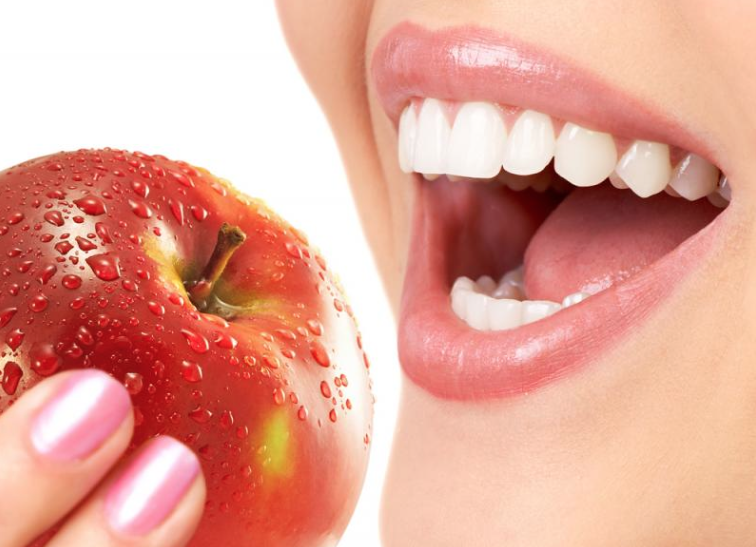
If you’re after healthy and shiny white teeth AS WELL AS a healthy body then you’ve landed on the right blog post! As an introduction, you may or may not know that I’m going on a bit of a ‘teethy journey’ at the moment; after years of trying to prevent fillings, staining and (more recently) wisdom tooth infections I finally had all four wisdom teeth out the other week which is what sparked the idea for this new mini-series on “Food & Teeth Health”.. Over the next few months I’ll be blogging about:
- Diet & Teeth Health (this blog post) – including everything from how to prevent dental caries and erosion to how to keep your teeth pearly white!
- What to Eat after Wisdom Teeth Removal – including how best to care for your teeth/holes after surgery 🙂
- Foods to Eat/Avoid with a Fixed Brace – yes, this is to come for me!! After having a removable brace when I was little I’m taking the plunge and getting fixed adult braces *eek*
As well as my own personal tips (I’ve photographed my daily teeth routine!), I’ve spoken to dentists, dental hygienists and surgeons to bring you the most up to date and effective advice.. after all, this blog is here to help!
Question 1) What is Dental Caries, and how does our Diet play a role?
Answer from Principal Dentist Dr Sarveen Mann from The Fulham Dentist.
Dental caries is tooth decay. It is a bacterial infection that causes a cavity in the tooth surface. Three things are needed for this to occur:
- 1) Susceptible Tooth: Some people can eat and drink all the sugar, chocolate, sweets and fizzy drinks they want and their teeth stay intact. They can thank their parents for great teeth genes. However if they continue to abuse their teeth as they get older they will suffer from erosion, abrasion and demineralisation as the tooth becomes weaker and more susceptible to decay. So that’s the smug smile wiped from your face if you’re one of these ‘lucky’ people! Other people have very susceptible teeth and they really do need to spend the time and effort in protecting their teeth against decay. For these not so lucky people, keep reading!
- 2) Bacteria: Bacteria live in the mouth in a sticky whitish film on the teeth called plaque. Hence why it is so important to brush and floss effectively. If you are removing the bacteria responsible for decay your teeth stand a better chance in the fight against decay. Hygienist sessions are also very important to make sure you are removing plaque (where the bacteria live) and to remove the hard scale (tartar/calculus) on which further plaque is attracted. Just for those of you who don’t think flossing is important.. if you don’t floss, plaque and food stagnate between the teeth leaving a third of your mouth dirtier than a public toilet. No studies have been done to prove this but you get my drift :). Plaque also harbours bacteria that cause gum disease, so brush well for at least 2 minutes and floss twice a day.
- 3) Suitable Substrate (food and drink): To be honest whenever and whatever we eat puts our teeth under attack. The plaque acid levels in our mouth go up and this is the perfect environment for bacteria to start the decay process. Sugar and acidic foods make these plaque acid levels rise much higher; hence minimising these particular foods/drink is very important. However it is the frequency, not the amount of substrate, which causes problems with decay. You really need to think of your teeth under attack every time you open your mouth and put food and drink in. And the attack is fiercer if it’s a sugary or acidic food/drink. So best case scenario would be to eat three main meals a day with no snacks or drinks in between… but that’s not real life and it’s no fun. Besides some people are advised to have smaller meals, more frequently for medical/digestive reasons. The best way of dealing with this is to make sure you make water your best friend after every meal and snack. It neutralises the plaque acids formed and hence makes the environment in the mouth less susceptible to decay. If it is difficult to get some water then chewing sugar free gum for 10 minutes immediately after a meal or snack will also neutralise the plaque acids as the flow of saliva in the mouth increases. Fruit juices should only be drunk with a main meal. Some people have smoothies/fruit as snacks and that is fine as long as you follow the water/sugar free chewing gum plan after.
.. and What about Sports Drinks & Gels?
For the amateur sportsman and 5/10K runners I would imagine water is best for hydration, but for long distance marathon runners/triathletes I understand sports gels and drinks are necessary not just for hydration but for energy too. Yet again there is an impact on the teeth as these contain high sugar levels but if water is also drunk then it really is not something to worry about. A marathon training programme will need to take into account the frequency of gels/sports drinks and water should be taken as part of the routine immediately after a gel, or even sugar free gum.. but no one wants to be chewing this for 3-6 hours I guess!
My advice is to take the gels as you need them, swig water straight after if you can and to make sure the rest of the time outside of training and racing you are especially kind to your teeth. Include a fluoride mouthwash as part of your daily oral hygiene routine too.
Question 2) What is Acid Erosion, and how does our Diet play a role?
Answer from Rosie Chilvers, Dental Therapist.
Acid erosion is the loss of the enamel layer covering the tooth caused by acids found in foods, drinks and some medicines. Teeth can repair themselves using minerals in saliva however if acid is in the mouth too frequently, teeth cannot repair themselves and the enamel layer becomes thinner. Erosion can cause the teeth to become sensitive to hot/cold food and drinks, increases the risk of tooth decay and can alter the colour of teeth making them darker.
There are many epidemiological studies that show soft drinks are associated with erosion; fizzy drinks including ‘diet’ drinks, fruit juices containing citric acid – orange, lemon etc., squashes, sports drinks, alcopops, white wine, cider and fruit teas (excluding camomile) are all acidic to varying degrees and have erosive potential. Examples of erosive foods are acidic fresh fruit e.g. lemons, orange and grapefruit, and when consumed with high frequency; pickles, vinegar and chewable vitamin C tablets. People with some illnesses such as eating disorders and acid reflux may also suffer from erosion due to frequent vomiting.
To prevent erosion and the progression of erosion the Department of Health advises us to:
- Brush with a toothpaste containing at least 1450 ppm fluoride twice a day
- Avoid frequent consumption of acidic foods or drinks – keep them to mealtimes
- Do not brush immediately after eating or drinking acidic foods/drinks; acid attack makes the tooth structure weak and brushing will damage it
- Avoid brushing immediately after vomiting
- Wait one hour after eating/drinking before brushing teeth
Other tips include:
- Not swishing acidic drinks round your mouth & drinking through a straw
- Between meals having ‘safe’ drinks such as milk and water
- Chewing gum after acidic intake to increase saliva flow
- Avoid snacking in-between meals, if you do snack choose ‘safe’ snacks such as fruit, vegetables, bread and cheese
- Cheese is a good safe snack as it has neutralising properties
- Regular dental check ups to recognise the signs early and put prevention methods in place. Dental professionals will be able to investigate the source of erosion and habits which may exacerbate it
- Mild erosion can be managed by just changing eating habits however more severe cases may result in dental treatment

3) What Foods/Drink cause Staining/Discolouration to the teeth and how can we Prevent it?
Answer from Rosie Chilvers, Dental Therapist.
Staining is a common problem – some people naturally have slightly yellower teeth however this does not necessarily mean they are unhealthy.
There are 2 types of staining:
- 1) Intrinsic: Staining within the structure of the tooth. This can be caused by changes in the structure or thickness of enamel; an example of this is excessive use of Flouride in young children, and incorporation of pigments during formation of the tooth such as tetracycline.
- 2) Extrinsic: Staining on the outside of the tooth caused by external agents which can be removed by polishing. Causes of extrinsic staining: smoking (which causes intrinsic and extrinsic staining), poor oral hygiene, heavily pigmented foods such as curry, mouthwashes containing chlohexadine e.g. Corsodyl – don’t use for longer than 2 weeks, red wine, black tea or coffee, green tea (excessive consumption) and liquorice.
There are a several ways to prevent staining:
- Use a whitening toothpaste; there are many to choose from e.g. Colgate Whitening and Oral B Whitening. Whitening toothpastes work on preventing the build up of staining rather than changing the colour of the tooth
- Avoid smokers toothpaste – the abrasive properties can wear away enamel
- Maintain a good level of oral hygiene
- Have regular dental check ups and hygienist visits
- Professional tooth whitening – NOT at a beauticians 🙁
- Using teeth whitening strips; to the best of my knowledge they cause no damage to teeth; ask your dentist for more information
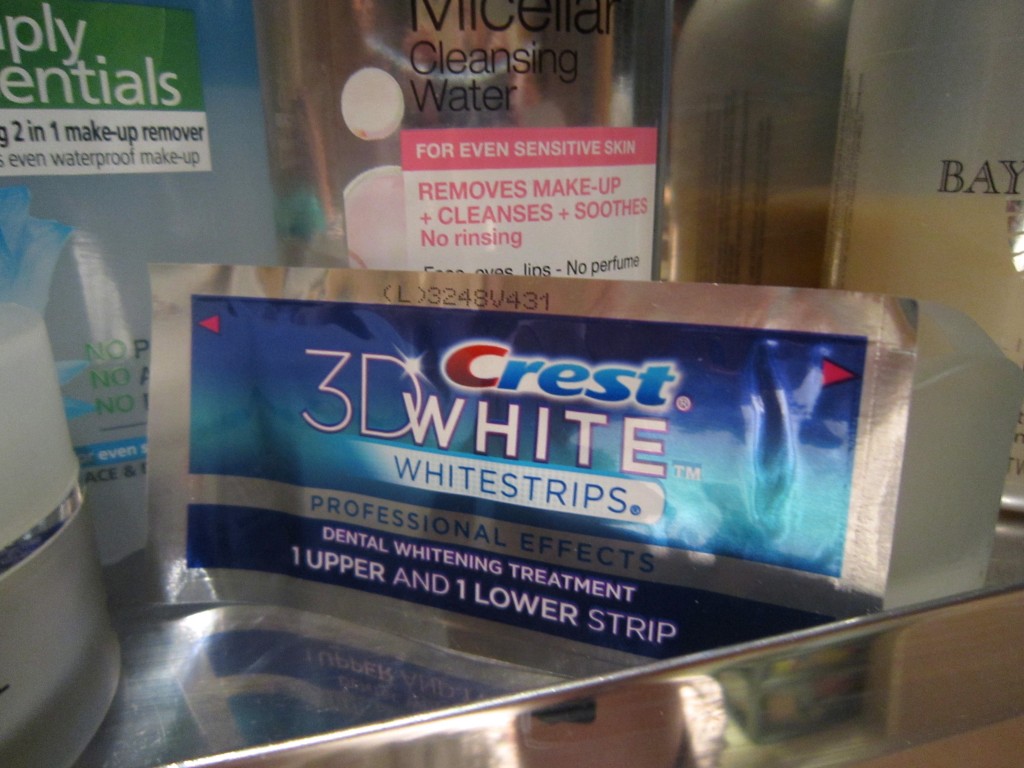
4) What are the most important Nutrients for Teeth Health?
Answer from Rosie Chilvers and Kimberly Close, Dental Therapists.
Flouride and calcium are specifically important. Generally though, it is important to have a good mix of everything; a healthy balanced diet! For healthy gums omega 3 (found in oily fish) is important as well as vitamin C (found in fruits and vegetables). You can tell a lot about a patient’s general health from looking in their mouth. Healthy body = healthy mouth! There’s a lot of evidence to suggest poor oral health has an effect specifically on patients who have heart problems – bacteria from the mouth working its way into the arteries.
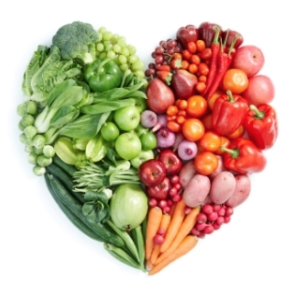
5) What are your Top Tips for keeping our Teeth and Gums Healthy?
Answer from Rosie Chilvers, Dental Therapist.
To prevent tooth decay and gum disease in adults, the advice from the Department of Health is to:
- Brush twice day with a fluoride toothpaste containing at least 1450ppm; fluoride is effective in preventing tooth decay
- Brush last thing at night and on one other occasion; night brushing is especially important as saliva flow decreases at night – minerals in saliva are an important component of preventing tooth decay and we need the fluoride from toothpaste to compensate for reduced saliva flow to protect teeth
- Spit out after brushing and do not rinse; rinsing gets rid of fluoride
- Reducing consumption of sugary foods and drinks; limit to mealtimes if needed
- Sugary foods/drink should not be consumed more than 4 times a day e.g. 3 meals and 1 snack
- Patients at high risk i.e. have a lot of tooth decay should be advised to use a fluoride mouthwash at a different time to brushing – this is important as using a mouthwash directly after brushing rinses away all the beneficial properties of the fluoride in toothpaste e.g. use after eating
- Brush teeth systematically; going round the mouth in a routine way making sure get every surface, twice daily for 2 minutes with either a manual toothbrush with small head and medium texture bristles or a powered toothbrush with an oscillating/rotating head (rechargeable are better – battery operated are no good) – you can get electric toothbrushes with a 2 minute timer and you don’t have to spend a fortune as there are always good offers on. Oral B
and Philips Sonicare
are the two most recognised brands for electric brushes
- Don’t smoke!
- Toothpastes containing triclosan with a copolymer are considered to be most effective – Colgate Total is an example of this
- Clean in-between teeth before brushing once a day with either interdental brushes; many sizes are available, your dentist or hygienist can help you choose the correct size or floss; making sure flossing right down under gum margin
- Any bleeding during brushing or cleaning means bacteria is collecting in that area and the gum has become unhealthy – the way to improve this is to continue using floss or use interdental brushes daily- do not avoid cleaning the area that is bleeding
- There is no specific evidence to suggest that brushing teeth before or after eating is better however brushing before breakfast is generally considered safer to prevent erosion
- Visit the dentist and hygienist regularly to keep your mouth healthy, and to spot signs of things happening early so you can work to prevent.. Everything we do is based on preventing a problem rather than waiting for the problem to occur. I recommend twice yearly check ups and hygienist visits. Those at high risk and low risk may differ slightly but generally 6 monthly visits maybe advised.
I want to say a massive thank you to Sarveen, Rosie & Kimberly for taking the time to answer my questions and I really hope that you found this blog post both useful and interesting! Do you have any tips for keeping your teeth as healthy as your body? Do leave your thoughts in the comments below!
*This advice is not a substitute for personal advice provided by your dental professional. This blog post contains affiliate links. I do not recommend products featured over others. Please read my disclaimer page for more information.
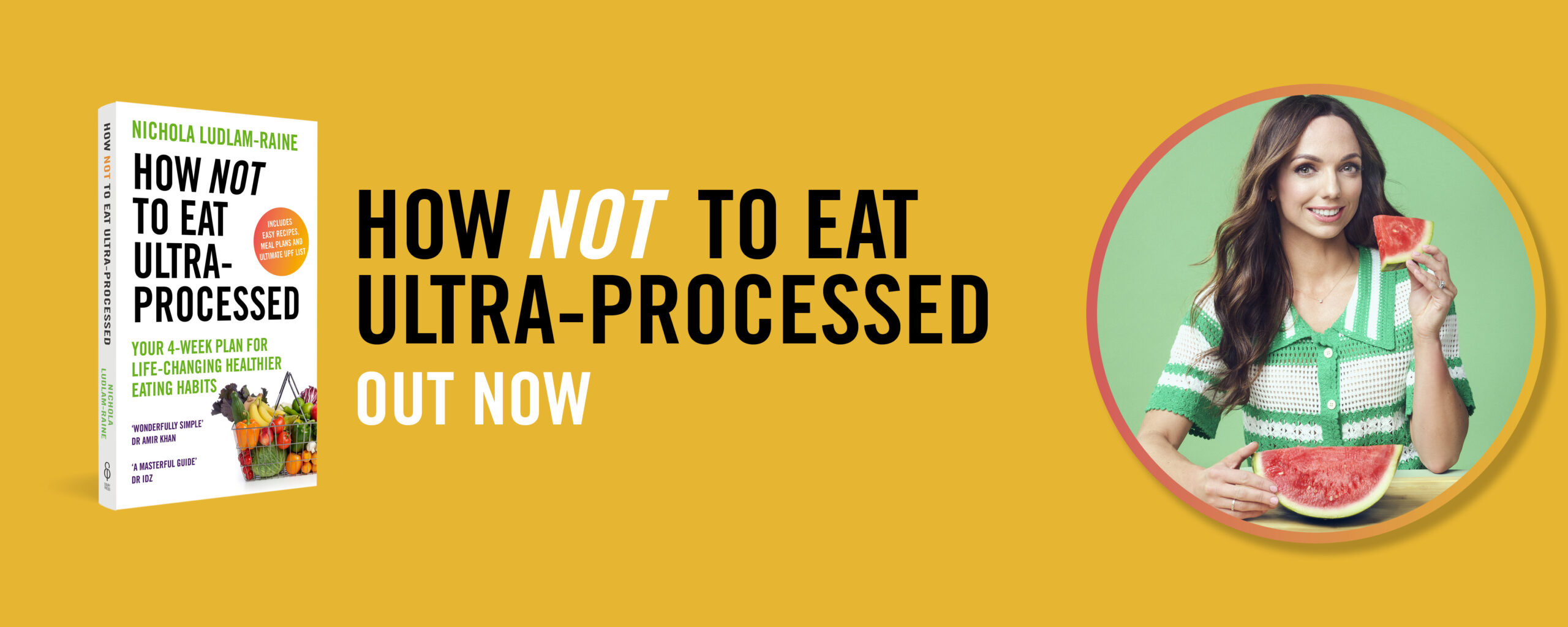
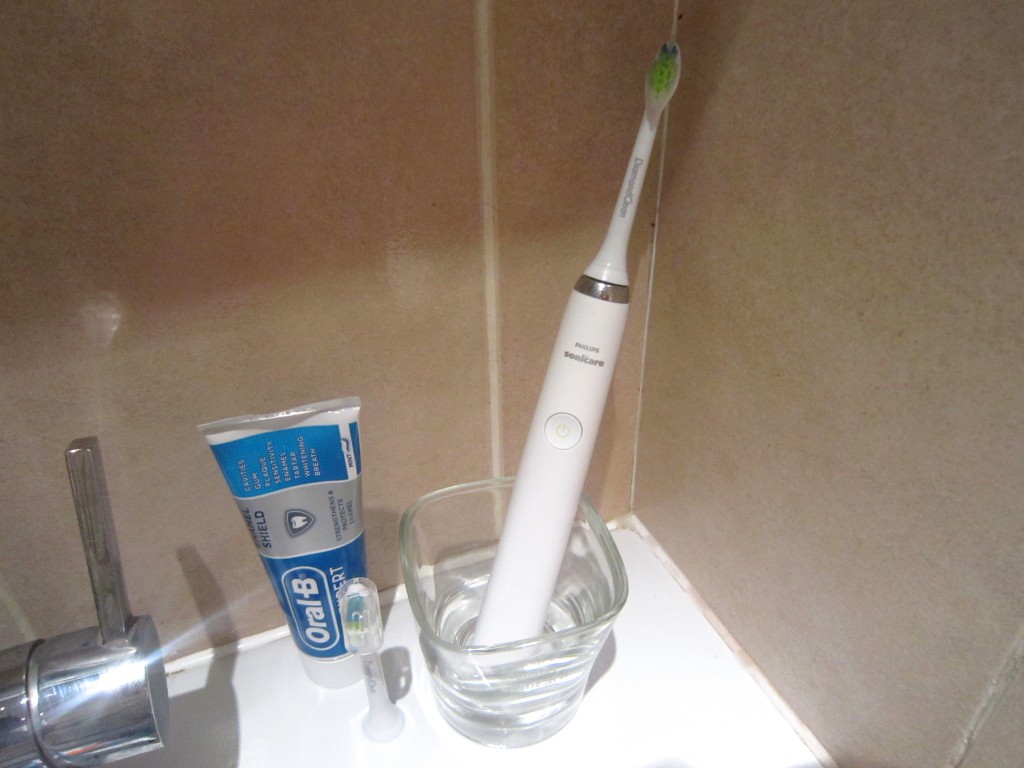
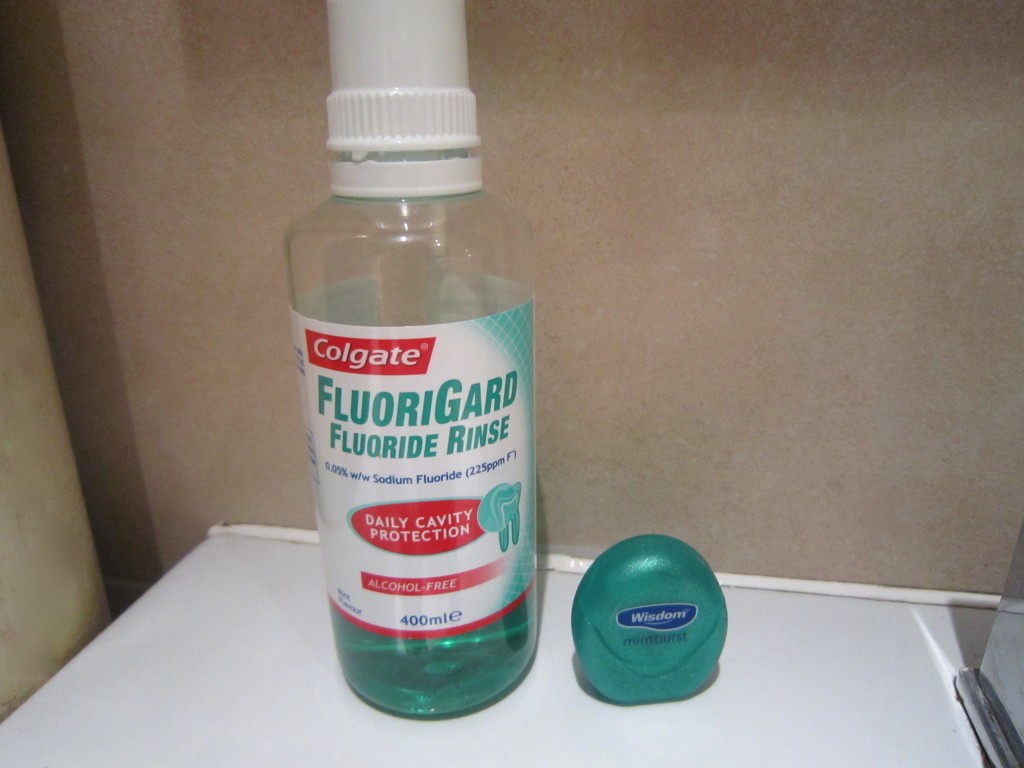
Woww this was so in-depth!! Definitely bookmarking! Thanks for compiling this list Nic! 🙂 X
Aw thank you!! It took a while to put together 🙂 xx